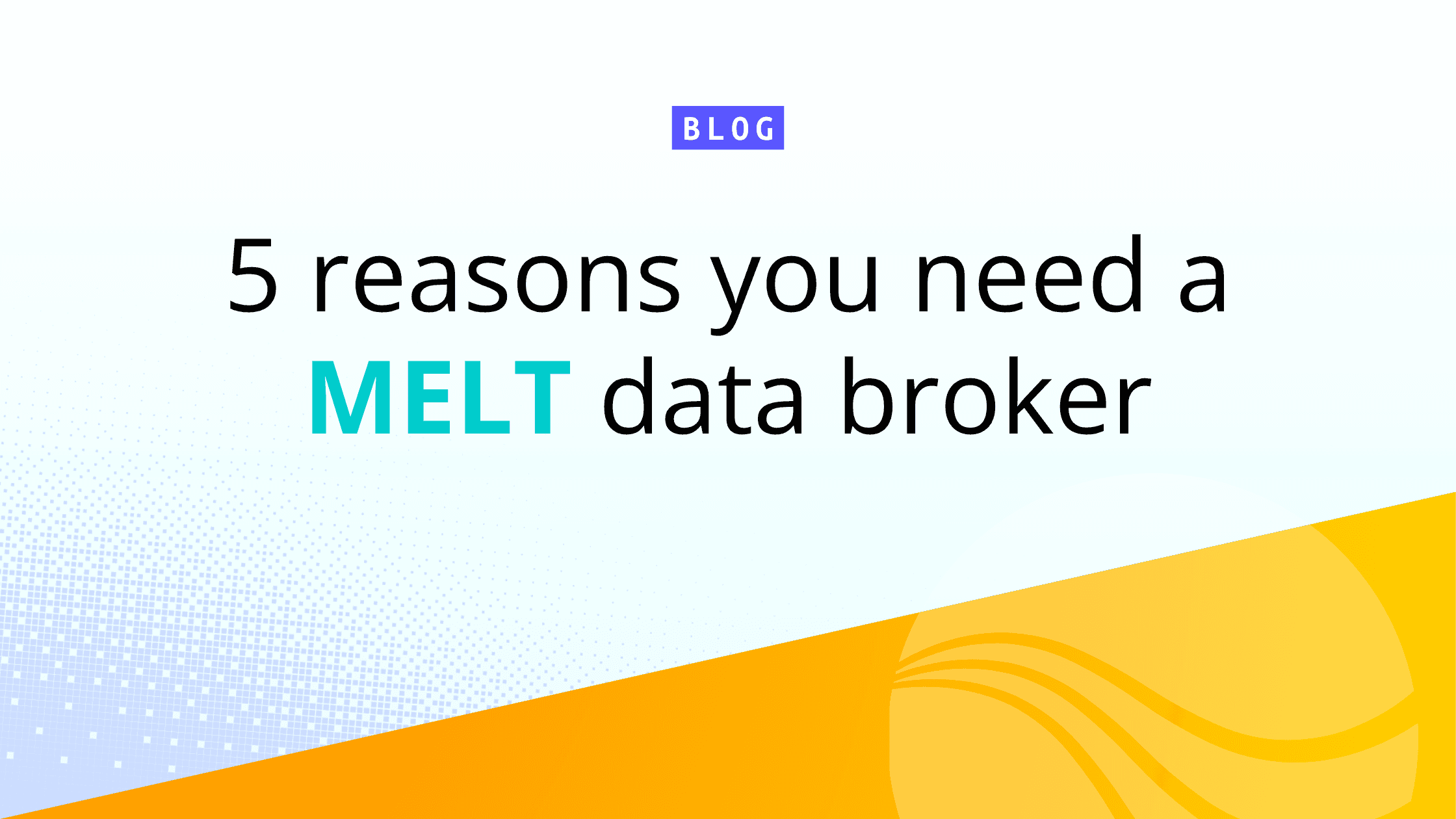Avoiding vendor lock-in is a ‘must’ when it comes to working with new services. Those in ITOps, DevOps, or as an SRE also don’t want to be tied to specific vendors when it comes to their telemetry data. And that’s why OpenTelemetry’s popularity has surged lately.
OpenTelemetry prevents you from being locked into specific vendors for the agents that collect your data. It establishes a single, open standard for the collected telemetry data that enables you to use information from cloud-native applications. This improves both your ability to analyze and monitor how your app works.
Traces, metrics, and logs are the backbone of Observability. These represent data in back-end applications. But how do we standardize the generation, collection, and exporting of all this telemetry data? The answer is OpenTelemetry. It allows you to leverage the power of traces to improve the reliability, scalability, and performance of distributed systems.
OpenTelemetry is vendor agnostic. This means it’s not connected to any specific cloud and you can choose the solution that fits best for you. Here are a few more advantages of working with OpenTelemetry Traces:
Follow the flow – OpenTelemetry allows you to examine how users interact with your application from start to finish. It monitors this all when the requests flow through your system.
Gain holistic visibility – You can gain a clear understanding of how different components of a system interact with each other. This leads you to recognize potential bottlenecks or issues that may arise and prevent the problems.
Pinpoint issues – OpenTelemetry’s holistic visibility allows you to recognize exactly where and what is causing delays or errors. Traces also assist you in quickly identifying which components of a system are causing problems so you can work to resolve them fast.
Speed up troubleshooting – Rather than wasting time manually searching through logs or metrics, you can use traces to find problematic components. You can then leverage metrics and logs to get more detailed information about those areas.
Better manage resources – All in all, this leads to a greater optimization of resources and performance. By identifying which components of a system are underutilized, you can allocate resources more efficiently, and save on costs and ensure systems are running at optimal levels.
If you’re looking to make the most of your OpenTelemetry traces, you’re in the right place. Let’s dive into a few best practices that can help you gain deeper insights into your distributed systems.
Capture Information About Events and Errors
It is integral to capture information about errors and events while using a distributed system. This is to support developers to identify problems and fix them faster. This, in turn, improves the user experience and overall system performance.
For instance, if an application is responding slowly, capturing a stack trace at that moment can help developers find the problem and fix it.
When using OpenTelemetry, it’s best to name your tracers and spans so they’re easy to identify. It’s also important to annotate them with clear information and provide detailed attributes about things like URLs, methods, and data. This makes it easier to understand what’s happening in your system and where to find root causes.
Always Use Start and End Times
Start and end times give us information on when a specific span in the system starts and finishes. startTimeUnixNano and endTimeUnixNano are commonly used to retrieve this information. This is integral because it helps OpenTelemetry generate detailed performance metrics that identify issues in the system.
For instance, if the time gap between the start and end time is longer than usual, it means there is some bottleneck in the distributed system that needs attention. This practice is so important that it is required by the OpenTelemetry protocol for trace data.
If the start time is missing, the span is dropped and an error is created. Similarly, if the end time is missing, the duration of the span will be large and negative. These are important factors in understanding the working of the system.
Use Semantic Conventions as a Simplified Language
OpenTelemetry has another special rule, semantic convention. They are in place to assist the system in analyzing trace data better. They do so by providing standard names for things like HTTP request headers, database queries, and messaging protocols. This makes it simpler for different systems to communicate with each other and share information in a standard manner.
For example, let’s consider an attribute called “http.method”. The semantic convention would show this type of request was made, and “db.system” would indicate which database system was being used. Using these conventions helps make distributed systems more efficient and easier to develop.
Use Sampling to Control Data Volumes
Telemetry data is collected rapidly in distributed systems, often making it hard to store all of it. In fact, not all of it is needed for the system either. OpenTelemetry offers sampling as a solution. Here, you can choose what data to store or send, instead of all of it. This is a good idea because it means you don’t have to save or send as much information. Hence you can save resources like storage space and network bandwidth.
There are three ways to choose which telemetry data to save or send. You can choose which one works best based on your needs. For instance, tail-based sampling is where you choose the most important information from the end of a list of requests. It captures system behavior more accurately and saves time and space when there’s a lot of traffic in the system.
Two traditional methods are probability sampling and deterministic sampling. Probability sampling randomly selects a fixed percentage of requests to sample, but it may miss important information. Deterministic sampling chooses data based on a set rule, like every fifth request. However, this means that it may not pick up on the most important information.
Avoid Sending Sensitive Data
When using OpenTelemetry, it’s not safe to share important information in your telemetry data. This includes passwords, access tokens, or credit card numbers. Since OpenTelemetry is open-sourced, if the data is not stored safely, it is vulnerable to malicious actors.
Instead, you should use secure ways like HTTPS or TLS to send the data. These protocols make sure that the information is encrypted while it’s being sent so that nobody can steal it.
Use Distributed Tracing
There are a ton of services and microservices working in the backend of distributed systems. OpenTelemetry leverages Observability’s traces through the system of distributed tracing. This allows you to track requests and transactions passing through the different services and applications.
You can follow these requests as they move through different parts of the system. This shows you the whole picture to find problems in the system. OpenTelemetry does this by assigning a specific identifier to each request and tracking it as it passes through the services.
Leverage Resource Attributes
Resource attributes in OpenTelemetry offer information on what is being monitored. For instance, a computer or a piece of software. They contain details about the name, version, location, and configuration of the resource. This helps to categorize and understand the things that are being monitored in the system.
OpenTelemetry has some standard resource attributes that provide information like the name of the service or the cloud provider being used.
Here you have it — 7 tips to effectively manage and utilize tracing OpenTelemtry. Now you can gain better insights into your application’s performance and user behavior. By following these best practices, you can quickly identify the root cause of issues and reduce the mean time to resolution (MTTR). Not only that, you can be proactive and capture timing data and monitor trace quality metrics. This in turn increases the overall reliability.
Lastly, OpenTelemetry’s vendor-agnostic trace uses a standardized approach that works across different languages, frameworks, and platforms. Now you can easily integrate and maintain trace data from different parts of your application. All in all, making your job so much easier!







